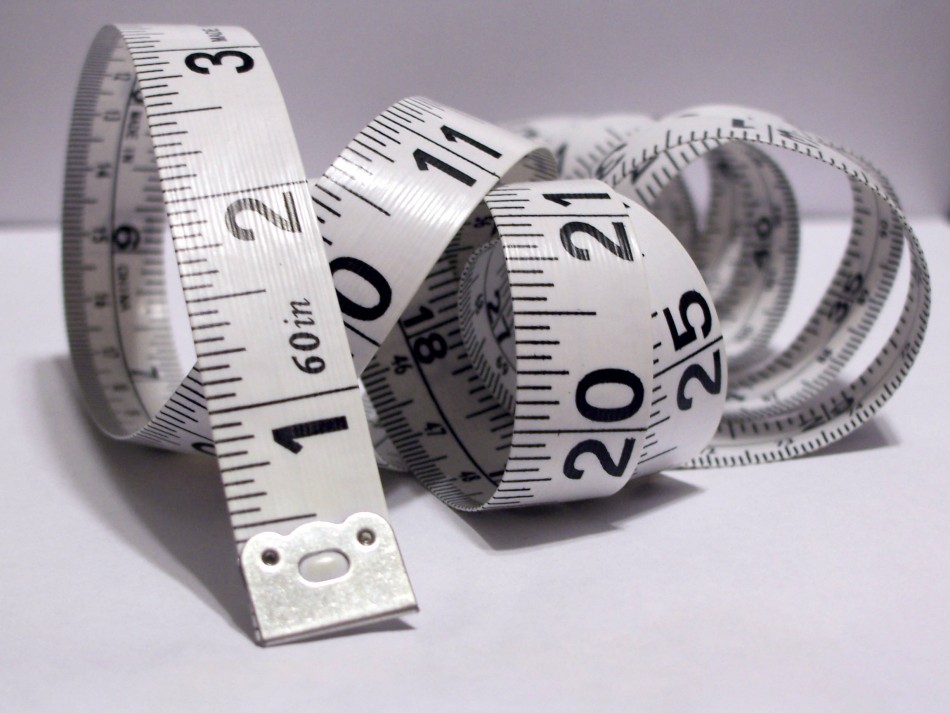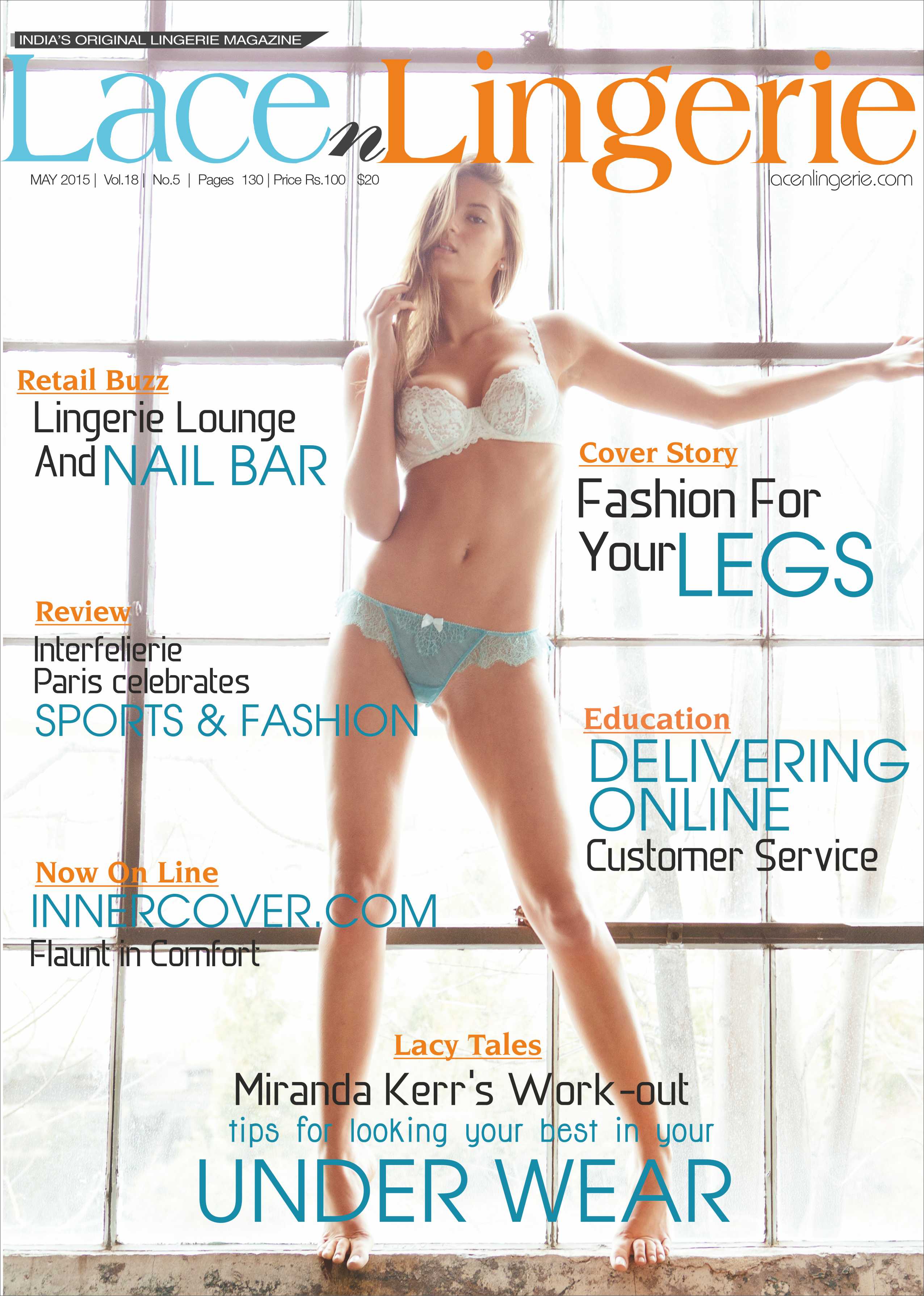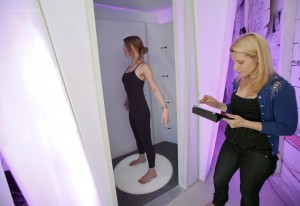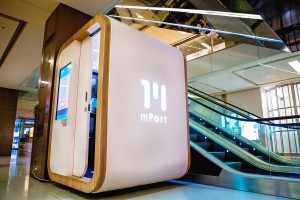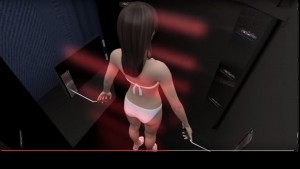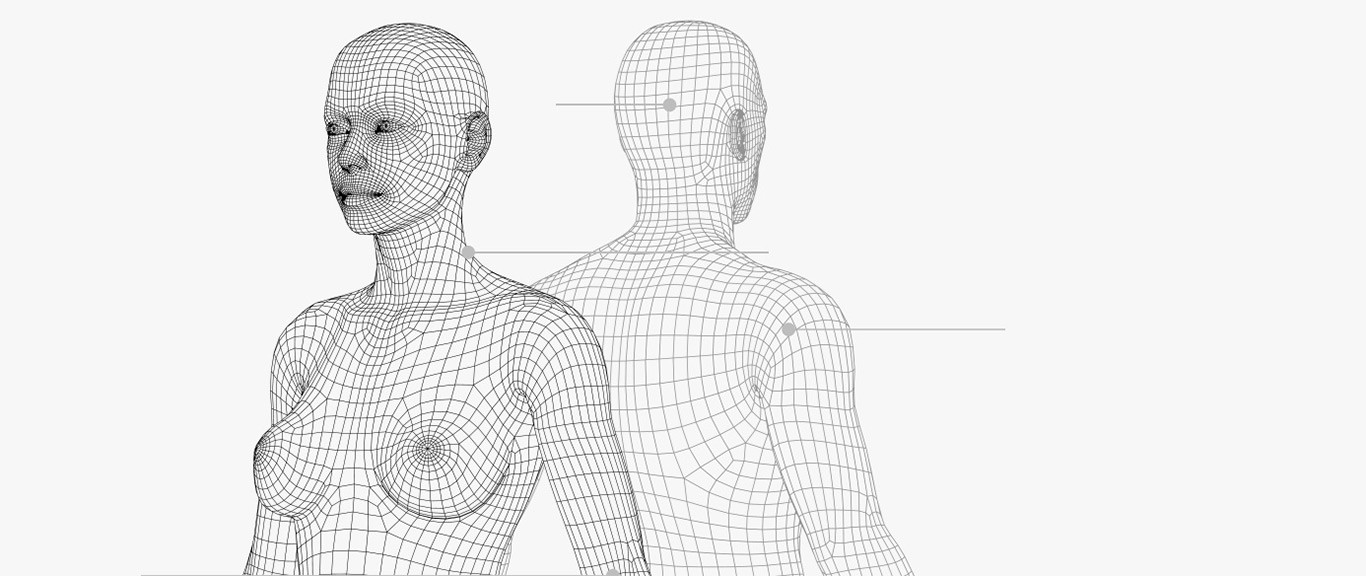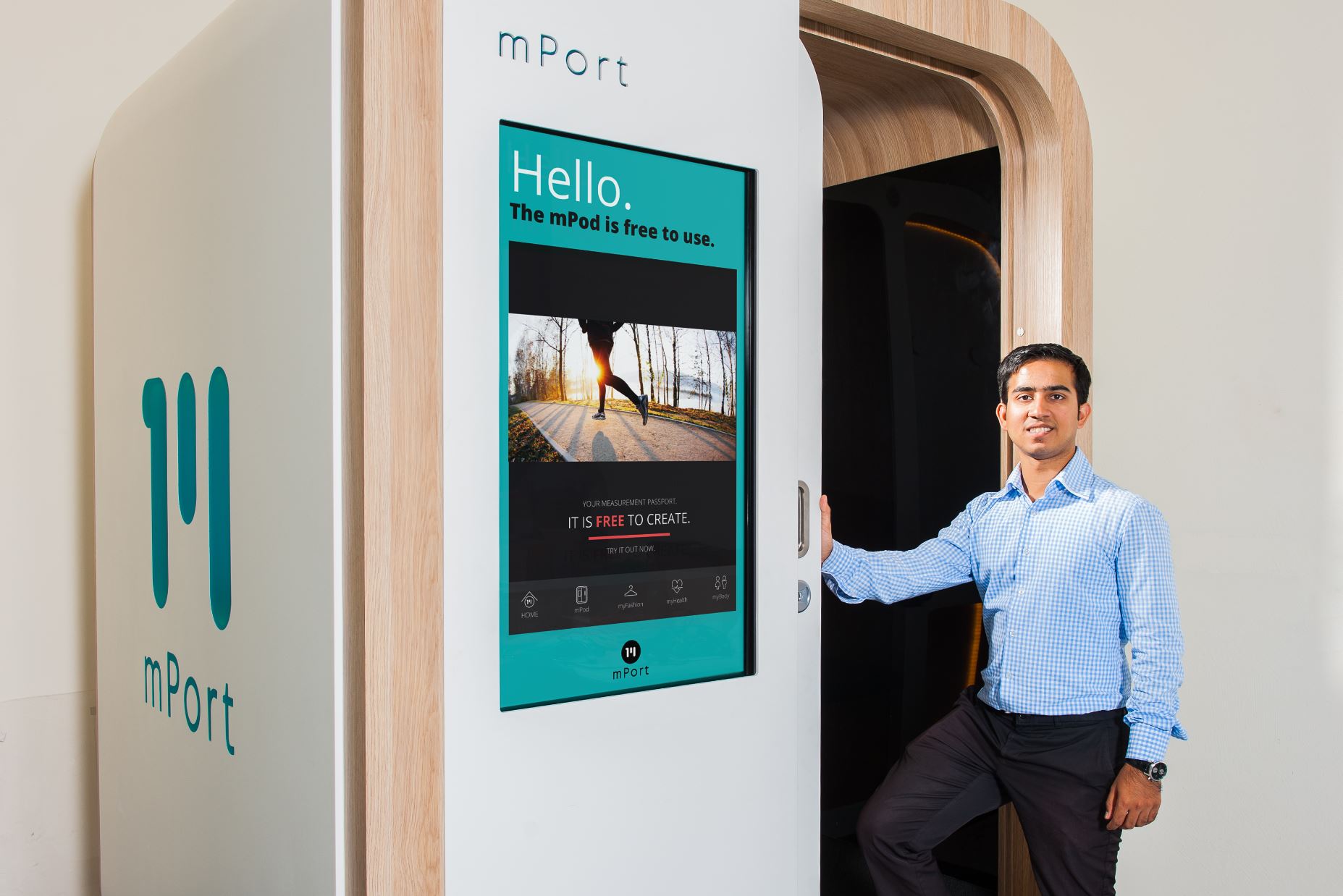For the past century the world of fashion and clothing manufacture has gained great experience in fashion design and has been leaning heavily on it to the present day. Therefore from long ago tailors have been taking measurements to cut a pattern.
Particularly, the development of E-commerce in fashion has resulted in a wide gap between a customer and a manufacturer or seller, which is much bigger than in case of offline commerce. The risk of making a mistake in sizes has raised considerably especially when it comes to deviant bodies. It is estimated that up to half of the clothes bought online are returned to the seller, frequently because they are the wrong size. This costs sellers in extra shipping costs and warehouse fees, putting a dent into their profits. It also frustrates many of those buying the clothes.
We all are aware about the existence of a full-body scanners which is a device that detects objects on a person’s body for security screening purposes, without physically removing clothes or making physical contact. But now engineering technologists with combined experiences are jumping off the cliff with new innovative ideas and putting in immense hard work to take the term body scanners to the next level. Now customers can have their body measurements scanned and provided to them.
The need for the remote system of taking body measurements has emerged as an alternative to the traditional method. And optical system of 3D body scanning is one among many. All the scanning systems have the same goal – to receive information about customer’s body structure and let a customer try on and choose clothes, shoes and accessories remotely. The 3d body scanner are designed as trial rooms or called ‘pods’. These motion capture devices take body measurements and create a visual avatar, which is then stored online. This data can be made accessible to sellers to help them suggest the right size of clothing. Body Scan Technology will help apparel firms improve the fit of their mass-produced clothing by providing valuable measurement data on consumer populations. Most systems for sizing ready-to-wear garments have been based on very limited information.
Sizing Systems
A sizing system is a set of clothing sizes that is created by an apparel firm to fit the range of people in a target market. The most common type of sizing system in the apparel industry starts with a base size which is then proportionally graded (scaled) to create a multiple set of sizes. Sizing systems can use generic labels, such as small, medium, large, and extra large; numbered sizes such as 10, 12, and 14; or body measurements such as 17″ neck and 32″ sleeve length. Sizing systems vary in range from only a few sizes to a full spectrum of sizes 2-20.
The first body scanner was announced in 1987 for surface digitising and the measurement of a living human body. In 1998, TC made their first commercial 3D body scanner available to the clothing Industry. The earliest 3D body scanning system in Britain, the Loughborough
Anthropometric Shadow Scanner (LASS) was patented in 1987. Loughborough University had interrogated the 3D body data in collaboration with manufacturing companies including Marks & Spencer’s, Courtaulds Lingerie , Kennet and Lindsell, Bairdwear, Bentwood and more… The body data was obtained by scanning 155 women of various shapes and sizes using LASS, which enables accurate 3D measurements of the entire body to be obtained in approximately three minutes. Over the years many companies have been actively involved in this field testing the waters and developing these machines for the betterment.
Companies like Bodylabs amongst others have started such body scanners bridging the gap between the physical and digital worlds. Body Labs isn’t the first company to try solving fashion’s fit problem with 3-D body scanners. A body scanner and measuring pod called mPort launched in 2011 is currently testing the waters in Australia and partnering with custom tailors and online company InStitchu. Body scanning startup Volumental, which uses RealSense technology by Intel, is working with Nordstrom to find a more precise way to measure shoe size. Me-Ality, for example, is a Canada-based company that used 3-D scanning booths, not unlike Body Labs’, to scan women’s bodies for measurements.
Another London-based Bodymetrics and 3D machine vision company PrimeSense have developed a full 3D body scanner that is designed to make finding the perfect pair of jeans a whole lot easier. Its “Body Mapping” platform uses eight PrimeSense 3D sensors to take all of a client’s necessary measurements and map their body shape. This data is then accessed by retailers, to find the clothes which best fit that client.
Initially the scanner is going to be used by Bodymetrics “Fit Stylists” to suggest the best-fitting jeans for female customers. The next step is to revolutionize the online clothing retail market. However, Bodymetrics’ solution is said to be much cheaper and much easier to set up than previous-generation scanners, as it doesn’t include lasers or millimeter wave detectors.
Principals and operations
All body scanning technologies use optical devices for non- contact measurements. Since the mid -80’s 3D body scanning technologies have grown rapidly and they can be grouped into four categories: structure light, laser, infrared and photogrammetry.
Some body scanners are infrared-based machines, which takes just seven seconds to capture 200,000 points used to develop a 3D avatar of a person’s body whereas other scanners work by taking into account a number of factors about a person such as their age and gender, before scanning users’ bodies.
The machine requires customers to remove their clothes. Users are then scanned and given a number of measurements including waist, hips and thigh circumference, as well as weight and height. Then, when users log on to their account and click through to partnered brands they are only shown items in sizes that match their measurements.
Speaking of 3d scanning pods like mPort only you will have access to your measurements and mPort will not share your personal information to any company without your permission. General data may be used for research purposes, but only namelessly to ensure anonymity. They use your body mapping to leverage a series of circumferences, height and weight to estimate body fat percentage. They use infrared sensors which do not penetrate clothing. You must be dressed in tight undergarments during your mapping session to maximise accuracy. The mPort uses depth sensors based on infra-red rays, similar to those in TV remote controls, to map hundreds of points of reference around your body. The mPod does not use cameras, capture pictures, or use any harmful or penetrative scanning, making it safe even for people with pacemakers or other implants. The company is co-founded by Dipra Ray, who is also the co-founder of a startup called NexPay that provides low exchange rates for foreign students. Users can get two free scans a year, or for more frequent access subscribe to plans ranging from $20 to $100 per year.
Conclusion
Body Scanning will also help in reducing expenditures for consumers and manufacturers as in the short term, returns will drop sharply, and data from the body scanners will allow shops to stock more of the sizes found in their locality. Imagine walking in to any clothing store and knowing exactly what size you were without having to try on dozens of different garments.
The question remains in India, how easy will it be to change the ways consumers shop and buy clothing? Will they be willing to view their clothed body scan on a computer screen instead of touching and trying on actual garments? Much work remains.
For now, though, most consumers would probably settle for clothes that fit minus the fitting room. If for some reason full 3D body scanners do not start popping up on every corner, you can always use an online service like Fits.me to enter your measurements manually.

